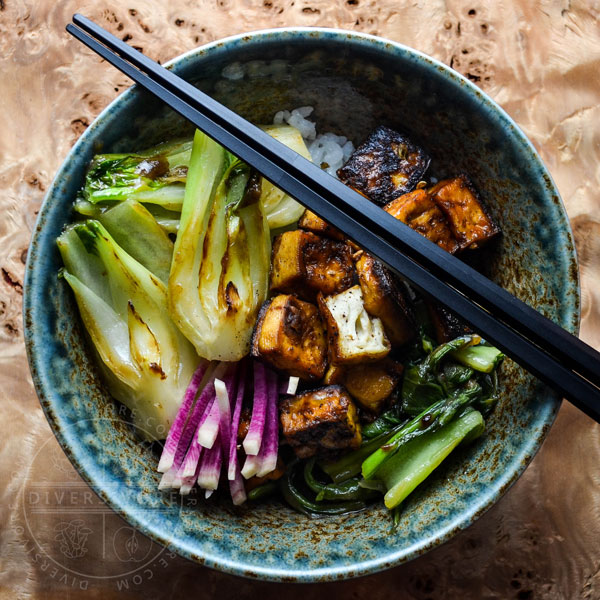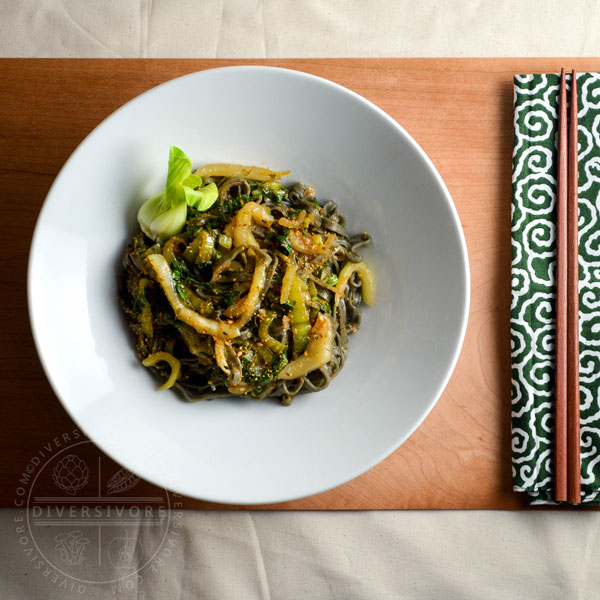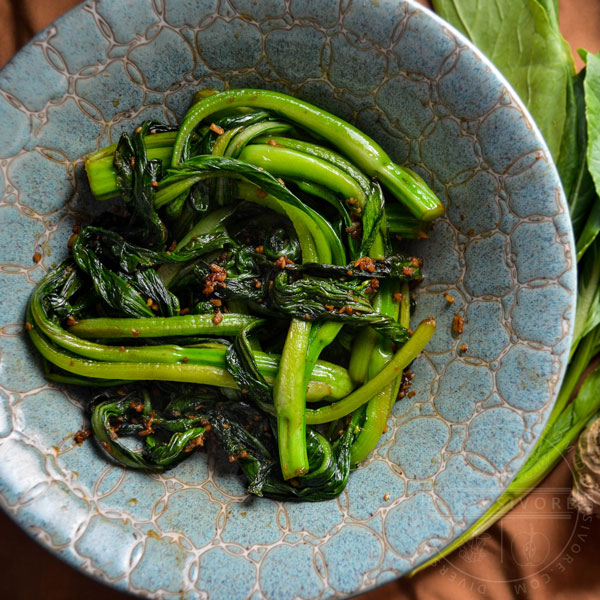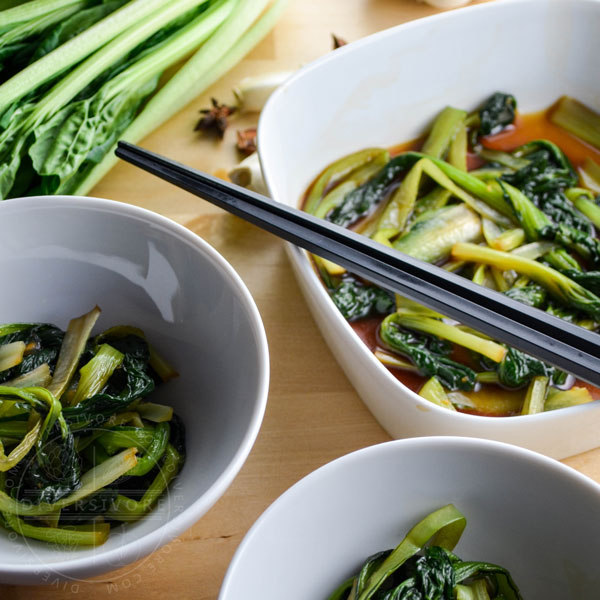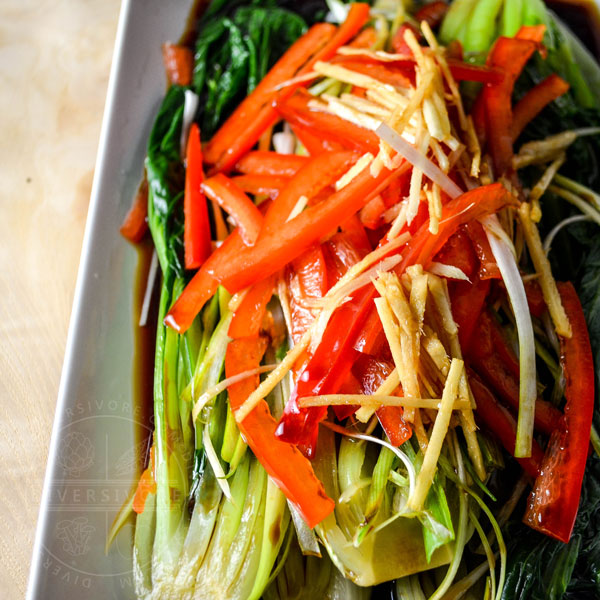How to Find, Choose, & Use
Bok Choy
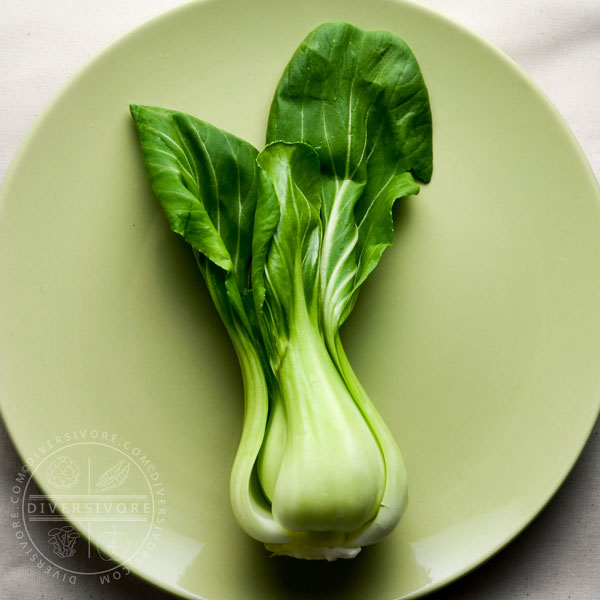
Share this Post
The Basics
What Is It?
A leafy green member of the diverse Chinese cabbage group. Bok choy, while technically a Chinese cabbage, does not form heads, but instead forms bunches of long, thick stalks.
Seasonality
Available YEAR-ROUND, but best in cool seasons.
Flavour Profile
Mild; Green/Sweet/Bitter
Other Names
English: Chinese cabbage (also applied to Napa Cabbage), Chinese chard, Chinese mustard
Chinese: 白菜 - bok/pak choi/choy (Cantonese), sometimes bái cài (Mandarin); 青菜 - qīng cài (Mandarin and Wu/Shanghainese)
Korean: 청경채 - cheonggyeongchae
Bok Choy FAQs
Can You Eat Bok Choy Raw?
You can, though it's certainly less common. Young, particularly tender bok choy can be nice in salads (etc.). Just make sure it's very clean!
Can You Eat Bok Choy Flowers?
Absolutely! The flowers are perfectly edible. It is worth noting however that many vegetables in the cabbage family can become quite bitter after flowering, so you might want to avoid plants that have produced a lot of flowers and/or tall flower stalks.
What's the Difference Between Bok Choy and Pak Choi?
Nothing! The difference in names is simply a result of trying to best transliterate the Cantonese name into English. The two terms are interchangeable.
How-To
Find
Chinese grocery stores and well-stocked conventional grocers; farmers markets and produce stands
Choose
Fresh, vibrant bunches without wilting, yellowing, holes, or damage. Note that bok choy is sold in several varieties and sizes, and that this may influence your decision-making.
Prep
Difficulty: Low - Simply wash the leaves and stems in cold water, making sure to get in between the stalks where dirt can build up.
Use
Can be eaten cooked or raw, the former being more common.
Store
Short Term: Refrigerate (unwashed, 3-7 days in a breathable plastic bag in the crisper)
Long Term: Blanch in boiling water 2 mins, drain and rinse with cold water, then freeze.
Culinary Info
Flavour Profile
Green/Mild/Slightly Bitter - Bok choy is mild, versatile, and fairly neutral, with a relatively sweet, very slightly bitter and/or mustard-like flavour. The flavour is relatively similar raw and cooked, though the texture differs markedly. Raw stalks are crisp (somewhat like celery) while the leaves have a texture like spinach. Cooked, the stalks become soft and rather uniquely creamy, while the leaves soften only slightly.
Substitutions
The different bok choy varieties (i.e. standard and Shanghai) are generally interchangeable, as is Tatsoi (Rosette Bok Choy). Chard is somewhat similar, though more watery. (see "Substitution Note" below).
Cuisines
Exceptionally important in Chinese cooking, and in East Asia in general. Bok choy has also become a fairly popular healthy green in the West (and in Asian-inspired Western cooking).
Flavour Pairings
Bok choy is mild and versatile enough to use with a wide variety of dishes and flavours. Bold Asian sauces and flavours (e.g. soy sauce, ginger, and garlic) are commonly used.
Varieties
Bok choy is commonly found in two main varieties: the standard white-stemmed type, and Shanghai Bok Choy, which has emerald green stems. These two types are harvested at a variety of different ages and often marketed using size-specific names. For more on this, click the "Important Varieties" below.
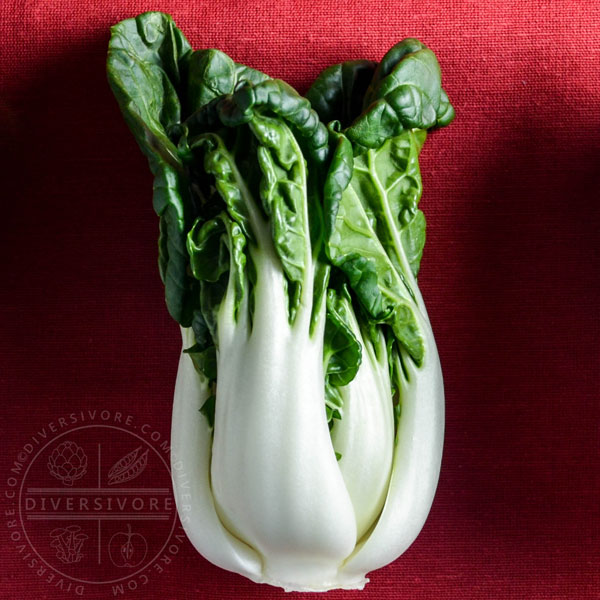
Standard white bok choy.

Green "Shanghai" Bok Choy
More Info
Nutrition
Extremely high in Vitamin C.Nutrition FactsBok Choy - 100 g (3.5 oz)Amount Per ServingCalories 39% Daily Value*Carbohydrates 10g3%Fiber 4g17%Sugar 6g7%Protein 1g2%Vitamin A 500IU10%Vitamin C 58.6mg71%Calcium 10mg1%* Percent Daily Values are based on a 2000 calorie diet.Top-To-Tail
The entire plant is generally eaten (with the exception of the roots). Leaves, stalks, and even flowers are all edible.
GMO Status
There is no GM or gene-edited bok choy in the human food supply. This plant and its relatives are monitored for potential GM cross-contamination (see note below)
Health & Science
- Extremely nutrient-dense and healthy.
- Bok choy lacks the oxalate found in many other green veggies (e.g. spinach), making it more friendly to individuals with kidney stones, arthritis, and other related disorders.
- Contain glucosinolates - chemical compounds linked to anti-cancer activity (see below for more information on this subject)Organic vs. Conventional
Both organic and conventionally grown bok choy is available, though availability may be vary between markets.
Bok Choy Recipes
Share this Post


